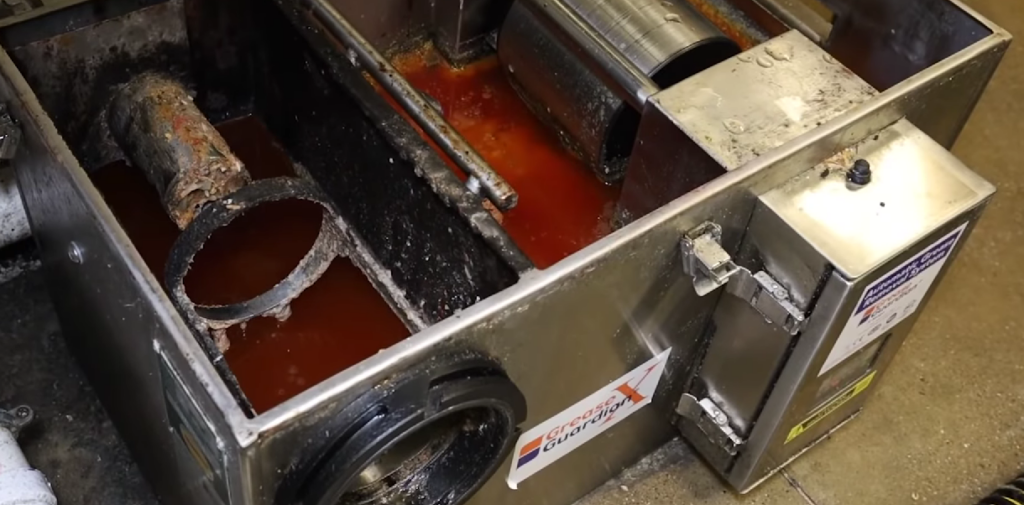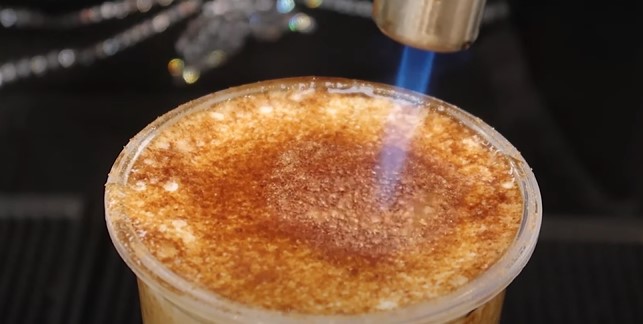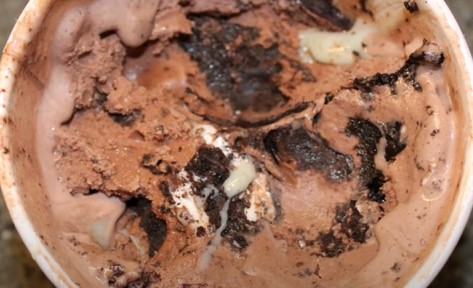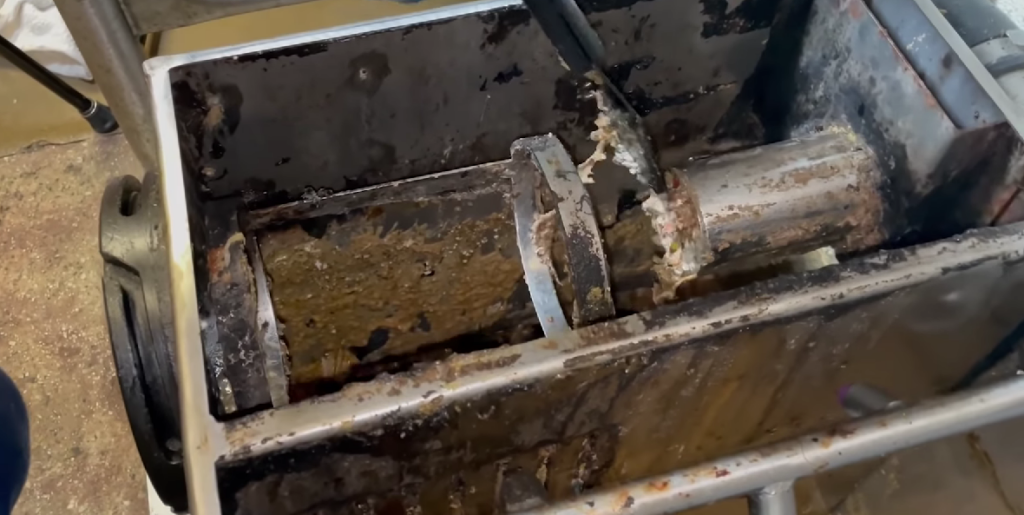Dairy plays an integral role in the daily lives of many families and food businesses across the globe. It provides people with various options, from creamy milk to decadent cheeses, buttery spreads, and luscious ice creams.
But behind all that, the production and preparation of dairy products yield a tremendous amount of fats, oils, and grease (FOG). Managing FOG is critical for health and environmental reasons and for the sustained operation of plumbing systems.
With that, we’ll provide insights into the necessity of grease traps in dairy-related businesses and homes.
Are Grease Traps Essential In The Dairy Business?
Yes, grease traps are needed in the dairy industry since they use a significant amount of fats, oils, and, you guessed it, grease, most commonly known as FOGs.
The owner of Septic Tank Cleaning Langley BC, George Hull, says that these substances can be the reason why issues in plumbing arise and most severely, the wastewater treatment systems.

The amount of waste or FOGs dispelled in a small operating factory or a large dairy plant will always have a significant impact.
Hull emphasizes that without the use of grease traps, these wastes will eventually make their way into the sewage systems, causing numerous other issues. Consequently, it can lead to a much more expensive action plan to fix issues like blockages.
The Dairy Industry and FOG
A series of stages is involved in dairy processing that include pasteurization, homogenization, and separation of cream, all of which contribute to FOG.
During pasteurization, dairy products are heated to kill bacteria [1], which extends the shelf life of ice cream, yogurt, cream, and butter, among others. This process usually involves using butterfat, which can lead to FOG accumulation in wastewater.
Aside from that, food service businesses that serve meals and desserts containing ingredients derived from milk contribute to FOG accumulation. Consider all the rich butter sauces, creamy soups, and cheese-based food items normally prepared in restaurants.

Lastly, small food service establishments that may not involve direct utilization of dairy products yet fall under this category can, in some unknown circumstances, introduce FOG into the sewer system.
Why Should Businesses Have Grease Traps?
As mentioned before, these traps are intended to stop waste from going into the sewer systems, but it is imperative to note other important reasons why they will come in handy in the dairy business:
Prevent Drain Blockages
FOGs, when thrown away after use, tend to harden as days go by, often leading to blockages on the plumbing systems. The presence of grease traps prevents these dairy products from a costly action just to drain your clogs.
Protect the Environment
Dairy products sound harmless at times, but they actually can entail harmful effects when they remain stagnant on waterways. Managing waste from going outside the area by filtering these substances will help protect the environment, and reduce any harmful effects that it may cause.

Compliance
In the food industry, commercial kitchens and food processing facilities would adhere to having grease traps as mandated by municipalities, including the dairy industry. This is for the reason to comply with regulatory mandates that protect the sewage systems and also adhere to local wastewater management regulations.
Hygiene and Efficiency
Factories that make ice cream, butter, and other dairy products are working non-stop. They need to be more efficient, and the use of grease traps ensures that they maintain a spotless and efficient operation. This would prevent any issues within the facility and can operate thoroughly without any interruptions or issues with hygiene in the area.
How Grease Traps Work
The way grease traps operate is quite straightforward yet efficient. When wastewater that contains fats, oils, and grease (FOG) enters the grease trap it slows down within the trap’s boundaries. This decrease in speed enables FOG to float to the top, naturally creating a layer of grease.
At the time solid particles and heavier substances sink to the bottom of the trap leaving cleaner water in the middle layer. This cleaner water then continues its journey into the sewer system while the separated FOG is carefully collected for disposal.
How To Choose The Right Grease Traps?
Knowing the importance of grease traps, it is important to note as well which grease trap is right for you. For operations involving dairy products, one should take into account the specific types of dairy that are present in daily operations. Septic Tank Cleaning Langley BC has advised to consider these factors:

Size
The size of the grease trap should be adequate to stop and manage the amount of waste waste products.
Type
As mentioned previously, the type of waste must be considered before purchasing grease traps to ensure that the trap would be sufficient enough to do its job when preventing waste. Each type of waste would have different components and understanding its compositions can help you choose which grease trap is more effective to use for long-term operations.
Maintenance
Because of its nature of preventing waste, grease traps need to be cleaned as well. Industries must execute proper maintenance on grease traps to ensure that they last longer and that they can still perform effectively.

Here are some recommended maintenance practices for grease traps:
- Inspections: It’s important to check the grease trap frequently to monitor the level of accumulated FOG. Schedule inspections based on your establishment’s usage and clean the trap as necessary.
- Cleaning Schedule: Establish a cleaning schedule. Make sure to stick to it diligently. It’s advisable to hire professionals who can properly dispose of the collected FOG.
- Proper Disposal: Follow regulations for disposing of the collected FOG and food waste. Different areas may have guidelines for FOG disposal so it’s essential to comply with them.
- Record Keeping: Keep records of grease trap inspections, cleanings, and any issues that arise during maintenance. Maintaining documentation can demonstrate compliance with regulations.
Final Thoughts
Dairy products, like butter, cheese, custard, or even premium ice cream, may not be intensely toxic or greasy compared to other substances. The waste it entails, when accumulated, will create the necessity for commercial industries to use grease traps.
This will not only help in future operations and maintain a clean working environment but will ensure that your business will have a way of contributing to environmental conservation and regulatory compliance.
With proper and regular installation and maintenance, grease traps will ensure that your business is both efficient and responsible.